Can You Sail Anywhere in the World? Surprisingly, No
When you first consider the vast expanse of water that covers our planet, it might seem like you can sail anywhere, unbound by borders and rules. There are fewer regulations for sailing across international waters, but there are some restrictions and requirements you'll need to be aware of, such as licensing and certifications, route planning, and the physical limitations of your sailing boat.
You cannot sail anywhere in the world without preparation and adhering to specific laws and regulations. Each country or region has its own requirements in terms of boat and crew safety standards. Before setting sail, you should understand the rules and plan your route carefully.
The realization that you can't sail anywhere without some restrictions might be surprising, but that doesn't mean your journey has to be any less exciting or fulfilling. You can still navigate the world's oceans and enjoy a life-changing experience on the high seas, but first, keep reading to learn more.
Summary
- Sailing anywhere requires a well-prepared route and awareness of local rules and regulations, like boat registration and licensing.
- Sailing on the high seas is generally unrestricted, but when entering the territorial waters of a sovereign nation, you must abide by their rules and regulations.
- You are free to sail anywhere in the world's oceans, but you must still comply with international regulations and respect the rights of other countries and the environment
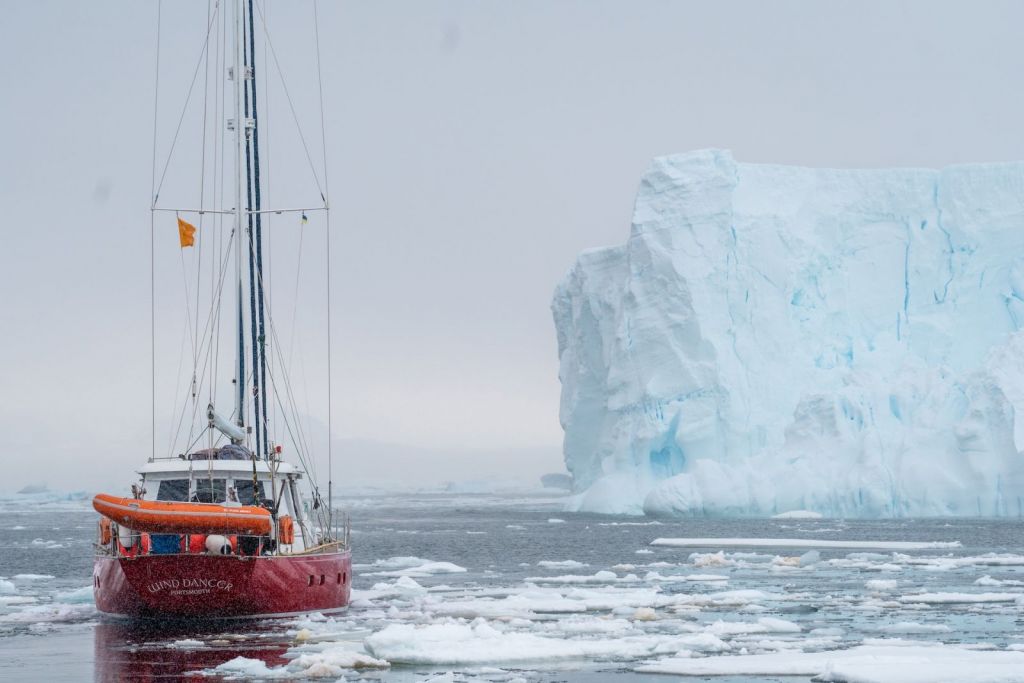
On this page:
You Can't Sail Anywhere In The World
Even though sailing allows you to navigate the vast expanse of the ocean, your exploration isn't entirely unfettered or unrestrained. Each country or region you plan to sail to will have its own safety requirements and regulations for both you and your boat. It's essential to familiarize yourself with these standards and ensure you comply accordingly.
Additionally, your boat must be registered and licensed as per applicable laws. Since sailing laws can differ from one jurisdiction to another, it's important to ensure your boat adheres to both federal and local regulations, as they may vary.
It's worth noting that not all waters are suitable for every kind of boat. As a sailor, you might need different boats for navigating shallow waters or treacherous coasts compared to the open sea. Properly planning your route plays a crucial role in determining the type of sailboat, equipment, and provisions you'll need for a safe and enjoyable journey. Here's our article on the minimum water depth for different types of boats.
Although sailing does offer a sense of freedom, you are required to respect certain restrictions for both your safety and the preservation of our world's waters. You can make the most of your sailing escapades while staying within the boundaries of the law, by adhering to regulations and taking the necessary precautions.
Abide by the rules of sovereign nations
This means having the proper travel documents, like passports and visas, adhering to port clearance procedures, and respecting local laws. While sailing on the high seas is legal, cruising within a country's territorial waters might require specific certifications and approvals. Ensure that you have the necessary paperwork and permissions to avoid legal issues.
Each country has its own jurisdiction, and failure to comply may result in fines or, in extreme cases, detention. As you sail around the world, make sure to research the territories you'll be visiting.
Aside from certifications and licenses, here are the things you'll need when you sail around the world.
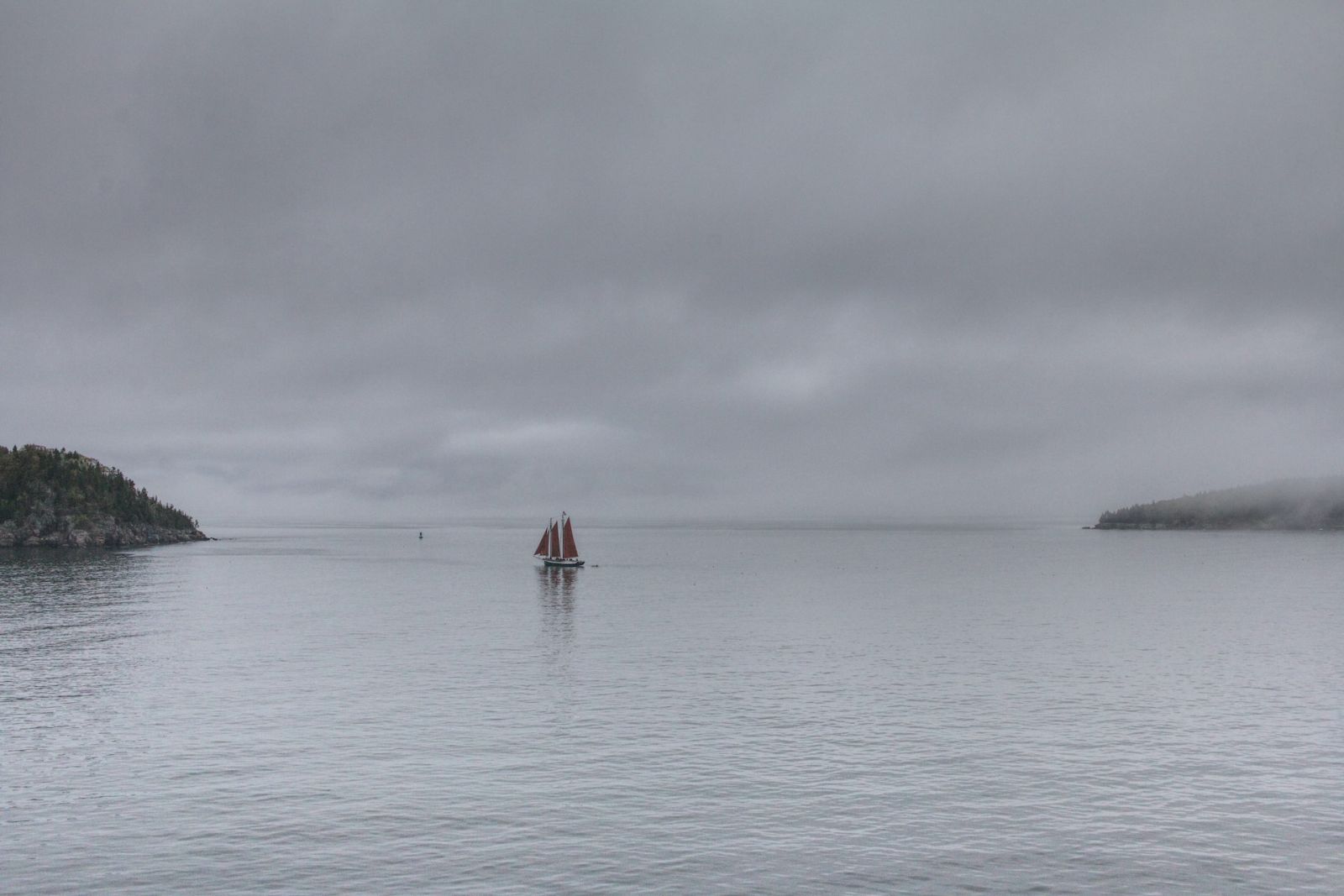
Natural obstacles that challenge navigation
Sailing is not as simple as hopping on a boat and sailing into the sunset. Ocean depths, reefs, and submerged hazards could require you to change your route or opt for a different type of boat. Moreover, certain coasts are treacherous, with strong currents and rapidly changing weather conditions. It's essential to study your planned route, adequately prepare your vessel, and stay vigilant for potential hazards.
Dealing with weather patterns
One major challenge you will face on your journey is unpredictable weather. To overcome these challenges, familiarize yourself with global weather patterns, such as trade winds and storm seasons. Keep a close eye on weather forecasts and plan your route accordingly.
Monitor the sky and learn to recognize various cloud formations that signal potential threats like squalls, thunderstorms, and cyclones. Always have a backup plan in case you encounter unfavorable conditions, and remember to be flexible with your schedule.
Improve your skills as a sailor by attending weather-related courses and gaining practical experience. This will allow you to interpret information from weather charts and plan your journey more effectively.
If you're interested in attending sailing courses, here are the best ones we've compiled.
Handling water currents
Another challenge you will face when sailing around the world is navigating various water currents. Just like the weather, currents can also greatly affect your journey. To overcome this, understand the major ocean currents before setting sail. Consider timing your travels to take advantage of certain currents for speed and efficiency, while avoiding potentially dangerous areas.
Here are the top 21 places you should avoid when sailing anywhere in the world.
Invest in quality navigation equipment like charts, compasses, and GPS systems, which will help you identify and follow the most suitable currents. Additionally, develop a thorough understanding of how tides and local currents work, especially in shallow waters and near coastlines.
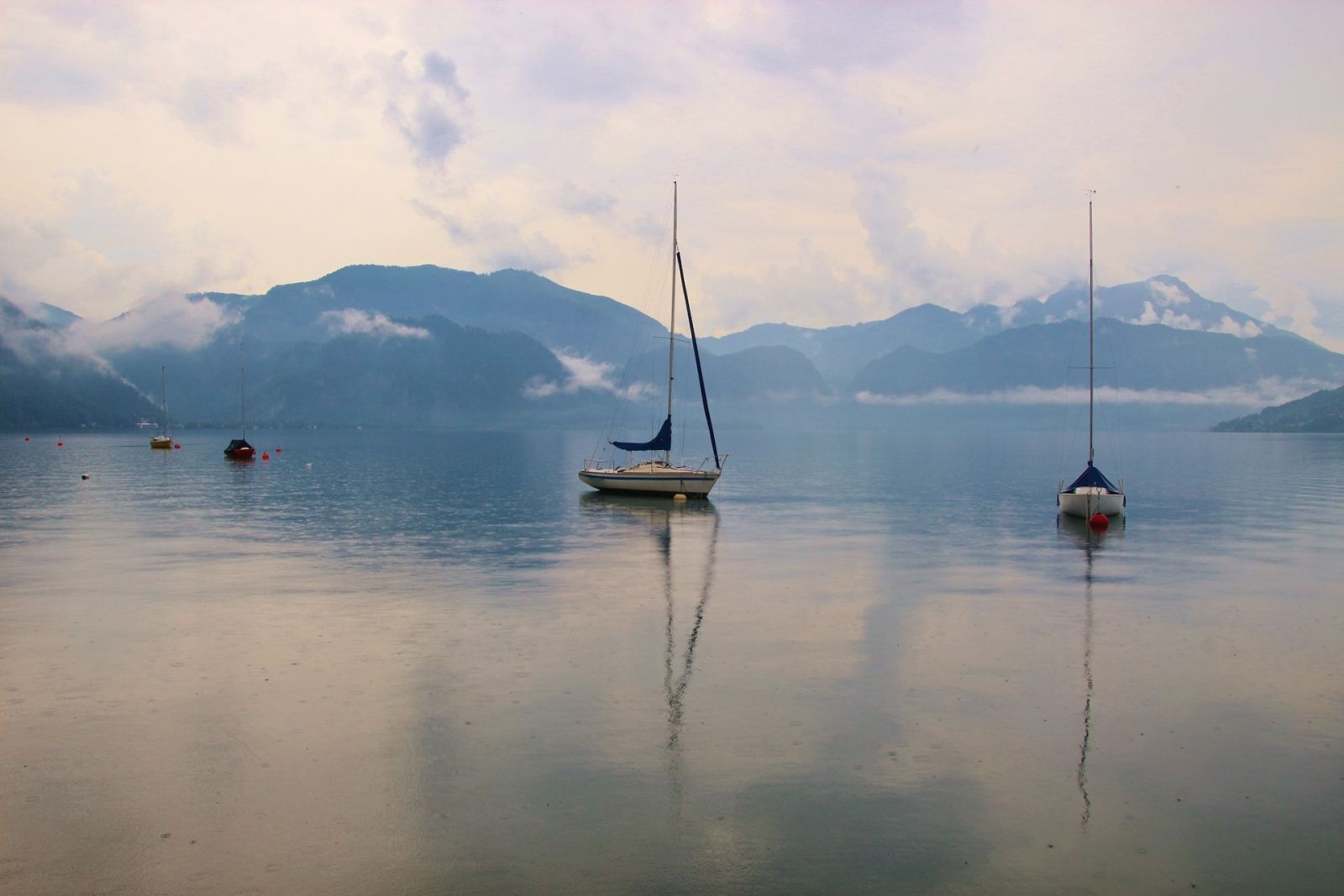
Climate challenges limit where and when you can sail
Seasonal weather patterns such as hurricanes, monsoons, and ice formation can all present challenges. To ensure safe passage, consider the appropriate time to sail a specific region and make necessary adjustments based on prevalent weather patterns. You may need to be patient and flexible with your sailing schedule to avoid adverse conditions and potential dangers.
You can check our articles for the best times to sail the Pacific, the Caribbean, and down the west coast.
Regulations on the High Seas
These are governed by international law, which is set out in the United Nations Convention on the Law of the Sea (UNCLOS). UNCLOS is a treaty that sets out the legal framework for the use and management of the world's oceans and their resources.
Under UNCLOS, each country has an exclusive economic zone (EEZ) that extends 200 nautical miles from its coastline. Within this zone, the country has exclusive rights to explore and exploit the natural resources, including fish stocks, oil, and gas reserves. Beyond the EEZ, the high seas are considered to be international waters, which are governed by international law.
However, even in international waters, there are still regulations that must be followed. For example, ships must fly the flag of a country and be registered with that country's maritime authorities. They must also comply with international safety and environmental regulations, such as those set out by the International Maritime Organization (IMO).
In addition, there are certain areas of the high seas that are designated as protected areas, such as marine reserves, where fishing and other activities are restricted or prohibited altogether. These areas are established to protect vulnerable marine ecosystems and endangered species.
Be aware of international maritime laws
These laws are established to ensure safety and promote cooperation among nations. One key aspect to consider is the specific certifications or licenses that you might require. For instance, the International Certificate of Competency (ICC) and the International Sailing License and Credentials (SLC) are widely accepted.
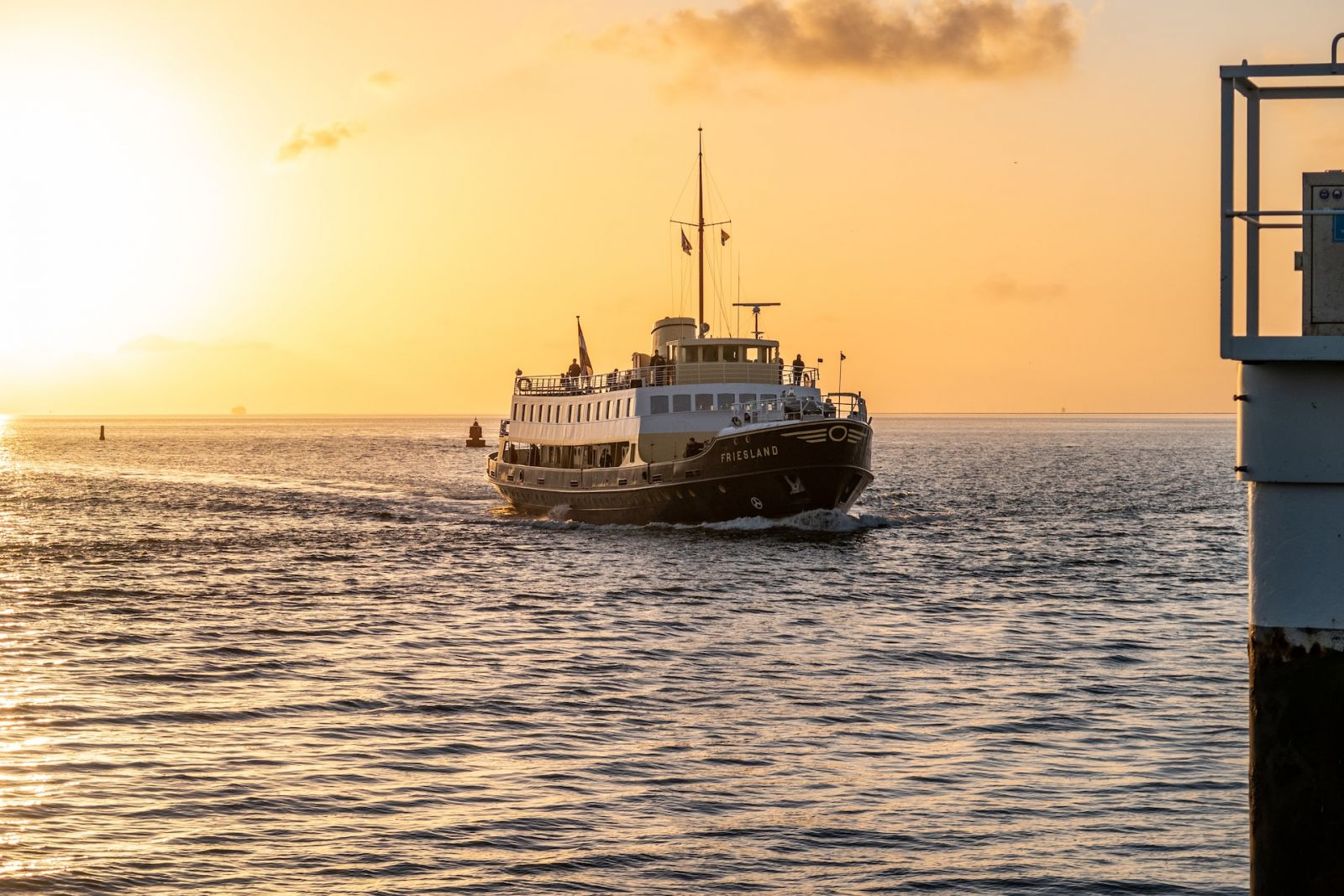
Adhering to maritime laws isn't just about obtaining the correct licenses or certifications; you also have to follow navigation rules. According to the American Sailing Quick Guide to Navigation Rules, certain situations call for determining which vessel should give way, while others require staying clear of specific channels to avoid collisions or impeding other vessels.
Challenges in Exclusive Economic Zones (EEZs)
Exclusive Economic Zones (EEZs) can present several challenges for ships navigating through them. One of the main challenges is dealing with various national laws that apply within each country's EEZ. These laws can include restrictions on fishing, drilling for oil and gas, and other activities that may impact the marine environment.
For example, a ship traveling through the EEZ of a country that has strict regulations on fishing may be subject to inspections and fines if they are found to be engaging in illegal fishing practices. Similarly, a ship that is drilling for oil or gas within an EEZ may be subject to strict environmental regulations aimed at minimizing the impact of their activities on the marine environment.
Navigational limitations can also be a challenge in EEZs. Many countries have established traffic separation schemes (TSS) within their EEZs to help manage the flow of shipping traffic and reduce the risk of collisions. These schemes can require ships to navigate through narrow channels or follow specific routes, which can be challenging for large vessels.
In addition, some countries have established areas within their EEZs that are off-limits to shipping altogether, such as marine reserves or areas where military exercises are taking place. Ships that inadvertently stray into these areas may be subject to fines or other penalties.
Did you find the answer to your specific question?
👍 1 👎 0

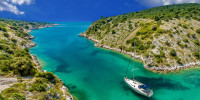
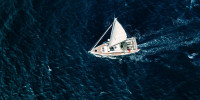

Leave a comment